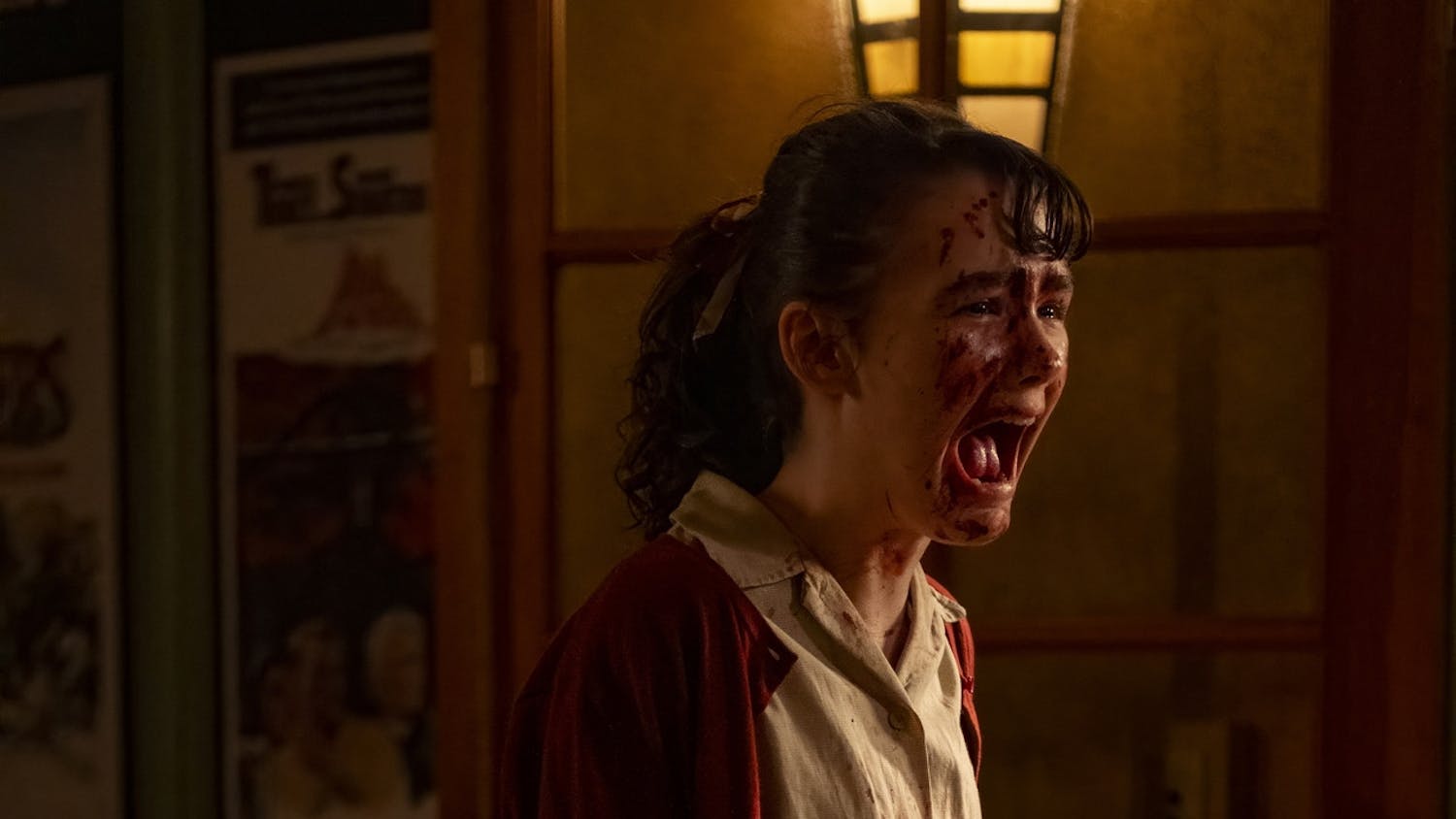In Eastern and Southeastern Asian countries, the Lunar New Year celebrates “the arrival of spring and the beginning of a new year on the lunisolar calendar,” according to the National Museum of Asian Art. With a tremendous history spanning 3,500 years, the holiday begins this year on Feb. 10 and ends once a full moon has risen, which is usually the first 15 days of the first month of the lunar calendar.
In the past, the holiday has started between Jan. 21 and Feb. 20, falling on the second new moon once the winter solstice began Dec. 21.
The Lunar New Year can be interchanged with the Chinese New Year, but it is not celebrated solely in China. In China, the holiday is also known as the Spring Festival, as it marks the end of winter and the beginning of spring for the country. Also, it represents new life, similar to how many celebrate New Year’s Eve in other countries through resolutions.
The holiday is known for its myths and stories. According to the Timothy S.Y. Lam Museum of Anthropology at Wake Forest University, one of the most popular stories revolves around the mythical beast, Nian, which means year. Nian ate livestock, crops and people on the eve of a new year, so people put food at their doors for the monster.
The long-told story said a man discovered Nian was afraid of loud noises, like firecrackers and the color red. To scare him away, the man and others hung red lanterns and scrolls on their windows and doors to stop Nian from entering their homes. Crackling bamboo, which became replaced with fireworks, was also lit to scare the monster away. Thus, many who celebrate this holiday continue to use these traditions to encourage safety and prosperity.
In the Shang Dynasty, the Lunar New Year never had an exact beginning date, but some believe it originated in the dynasty from 1600 to 1406 B.C. During this time, people performed sacrificial ceremonies to honor the gods and their ancestors at the beginning or end of each year.
Meanwhile, the Zhou Dynasty was the first to use the word “nian” from 1046 to 256 B.C. In this dynasty, people were expected to sacrifice themselves to their ancestors and the gods. They also worshipped nature to bless harvests throughout the year. However, an official date for the Lunar New Year was established by the Han Dynasty, which reigned from 202 B.C to 220 A.D. This is when the crackling bamboo tradition became popular.
Other dynasties continued to add to these traditions, with the Wei and Jin Dynasties introducing entertainment between 220 and 420 A.D. The customs heard of now globally, such as cleaning one’s house, hosting a dinner and staying up late on New Year’s Eve, have begun to infiltrate the holiday, adding more fun to the celebration.
Since then, other customs like watching dragon dances and lantern shows, setting off firecrackers and visiting family and friends have become extremely popular during the Lunar New Year. Now, countries that celebrate also let people take time off for the holiday.
The early 1900s brought many changes to the holiday, especially when the Chinese government abolished the Chinese New Year and the lunar calendar in 1912. Instead, it adopted the Gregorian calendar, making Jan. 1 the official start of the new year. In 1949, the Chinese New Year was renamed the Spring Festival and listed as a national public holiday.
Another influential addition to the holiday was assigning a different animal from the zodiac for each new year. Usually, the animals are the same throughout most Asian countries, but there are some differences. For example, the Royal Museums Greenwich said Japan uses a boar instead of a pig in its zodiac, while Vietnam has the buffalo instead of the ox and the cat instead of a rabbit. This year is the Year of the Dragon for all Asian countries.
Overall, the Lunar New Year is a time of resetting and connecting with loved ones while honoring past and present traditions and customs.






